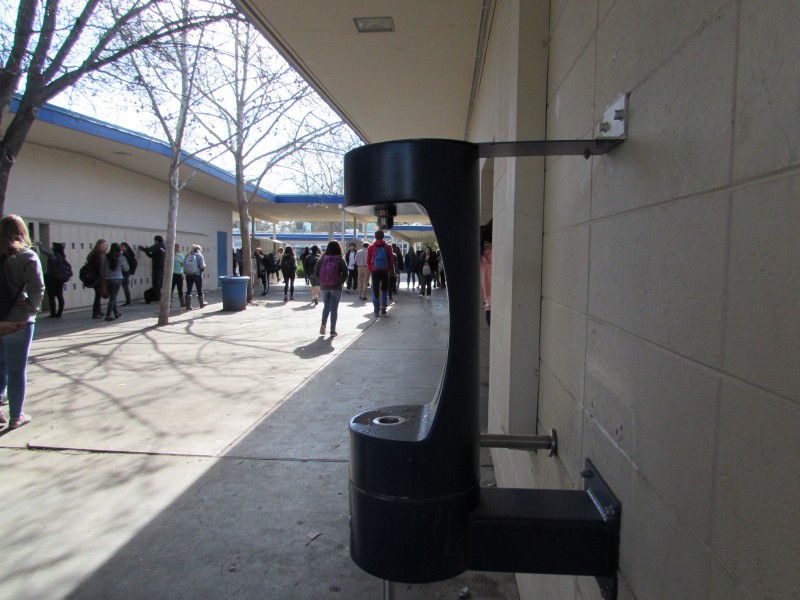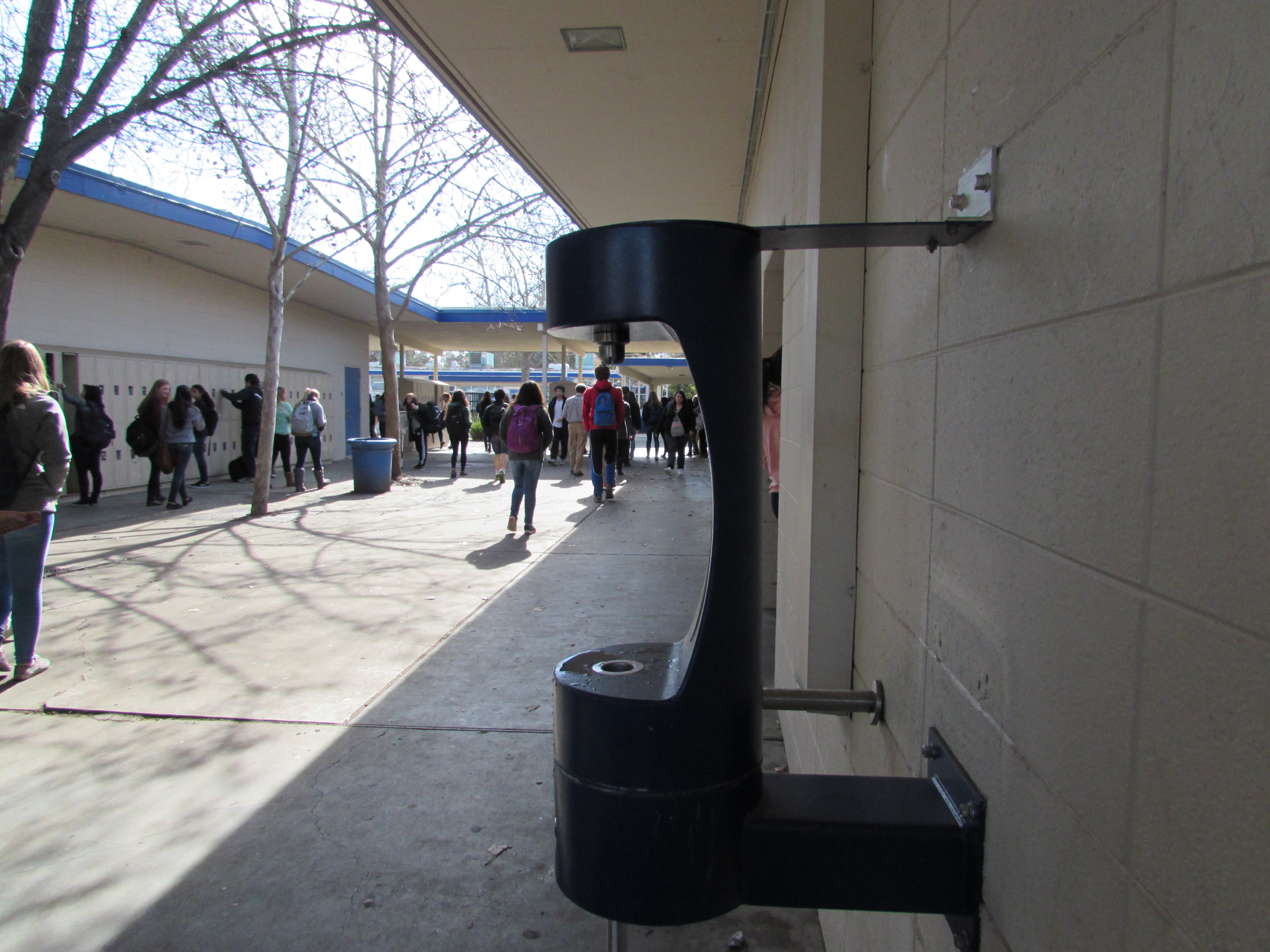OP-ED: Hot water dispensers’ versatility would heat chilly students

By Isabella Ainsworth,
BlueDevilHUB.com Staff–
It’s a cold winter morning–ice coats the top of cars, fog obscures everything more than a foot away and the wind howls, making everything seem colder than it really is. At these times, what does the average student want to drink?
Probably not cold water.
But right now, that’s the only thing Davis High offers. While there are numerous cold water dispensers, including drinking fountains and places to fill up water bottles, there are no hot water dispensers, so chilly students must continue shivering in cold classrooms.
It doesn’t have to be this way. A hot and cold water dispenser at Sam’s Club costs as little as $189. Even if DHS had to pay more than the average person because of plumbing and durability reasons, it would still be a deal when you factor in the 1,700 students that attend the school. Only a few dispensers would be needed to serve the student body, and they could be used for years to come.
A hot water dispenser would not only warm students up, but could also make them healthier in the long run. If students drank more tea, which would be made possible by the dispenser, they would also be getting all the associated health benefits.
Over the years, studies have suggested that certain types of tea can prevent cancer, reduce the risk of heart attack, Parkinson’s disease and neurological diseases; a 2006 study at Osaka University found that tea can help reduce the risk of Type-II diabetes.
And the beauty of a hot water dispenser would be its versatility. While some students could use it to drink tea, others could use it for ramen, coffee or hot chocolate. Coffee has been associated with health benefits similar to those of tea.
And those who don’t want to bring a tea bag or an instant coffee bag to school could drink hot water without any additions just to warm up.
DHS is a great school and has many of wonderful amenities, but that doesn’t mean that it cannot improve. Hot water dispensers placed strategically around campus would cost very little and ultimately help students out a lot.




